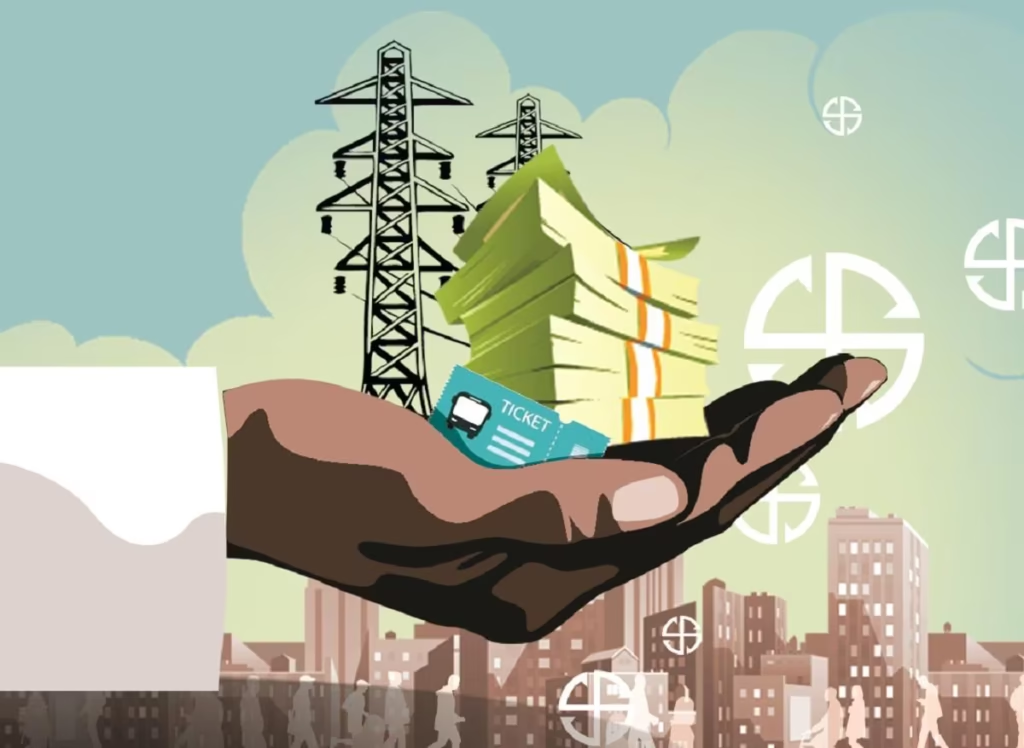In recent years, the debt crisis in developing nations has snowballed into a ticking time bomb. While the world tries to recover from the aftermath of the COVID-19 pandemic, many low and middle-income countries are now trapped in a vicious cycle of borrowing, interest payments, and economic vulnerability. Despite passionate appeals from global leaders like Pope Francis for urgent debt relief, the burden continues to grow — and the consequences are severe.
How Did the Debt Crisis in Developing Nations Spiral Out of Control?
The debt crisis in developing nations didn’t appear overnight. A toxic cocktail of events set the stage:
- The pandemic triggered massive public spending with minimal revenue.
- Global inflation spiked, raising borrowing costs.
- Currency depreciation made dollar-denominated debt even more expensive.
- Climate disasters forced emergency spending, further stretching national budgets.
As countries scrambled to manage these shocks, they borrowed more — not for growth, but survival.
Debt Before Doctors: Essential Services Starved
Here’s the real tragedy: Many of these nations now spend more on debt servicing than on public health or education. Imagine a country with hospitals lacking basic medicines, or schools without teachers, while billions go to foreign creditors.
This isn’t hypothetical. In 2023, Ghana spent over 40% of its revenue on interest payments alone. Countries like Sri Lanka and Zambia had to suspend foreign debt payments just to keep their economies running.
The Global Call for Debt Justice: Why the World Must Listen
Pope Francis, the UN, and civil society groups have repeatedly called for global debt restructuring — not as charity, but as a moral imperative. Their message is clear: No nation should have to choose between paying creditors and feeding its people.
Innovative proposals like the G20’s Common Framework for Debt Treatment and IMF’s Resilience and Sustainability Trust exist, but progress remains slow. Many argue that these mechanisms still prioritize lenders’ interests over human development.
Breaking the Cycle: How Can We Resolve the Debt Crisis in Developing Nations?
Solving the debt crisis in developing nations requires more than temporary relief. Here’s what needs to happen:
1. Transparent Lending and Borrowing Practices
Governments must publish loan agreements and budgets. Transparency builds trust and prevents exploitative loans from predatory lenders.
2. Climate-Linked Debt Swaps
Nations vulnerable to climate change can restructure debt in exchange for investing in sustainability. The Seychelles did it — others can too.
3. Global Solidarity, Not Just Sympathy
Debt relief should be tied to long-term reforms, not short-term wins. Rich countries and multilateral institutions must share responsibility.

Is the Debt Trap Becoming a New Form of Colonialism?
Some critics argue that debt dependency is the modern-day version of economic colonialism. Developing nations are losing their sovereignty, forced to accept austerity and sell off public assets to stay afloat.
This grim reality raises a deeper question: Is the international financial system rigged against the Global South?
A New Path Forward: Rethinking Growth and Fair Finance
The solution lies in creating a fairer, more inclusive financial system. This means:
- Recognizing debt sustainability as a human rights issue.
- Prioritizing investments in education, health, and climate resilience.
- Reimagining development finance to empower, not imprison.
Final Thoughts: The Debt Crisis Is Not Just a Developing World Problem
When a poor country collapses under debt, the entire world feels the tremor — through migration, geopolitical instability, and lost opportunities. Ignoring the debt crisis in developing nations is no longer an option. It’s time for courageous leadership, transparent action, and a bold commitment to equity.







More Stories
IndiGo Plunges Into Crisis: Questions Over Airline Planning
Asia at Boiling Point: How Weather Is Rewriting the Region’s Future
Maithili Thakur: From Folk Singing Sensation to Rising Political Star